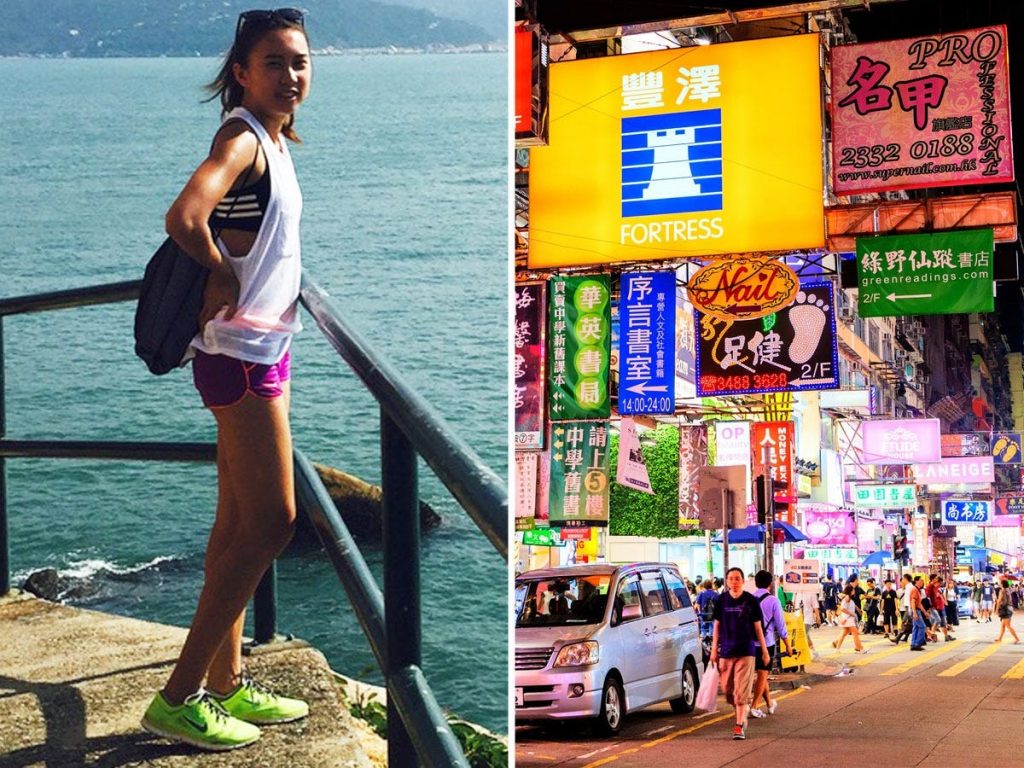- I moved from the San Francisco Bay Area to Hong Kong in 2014 and stayed for five years.
- Living in such an international city introduced me to different cultures and new perspectives.
- However, I didn't expect it to be so difficult to find the American foods that I loved.
I moved from San Francisco to Hong Kong in 2014 to attend college.
During the five years I spent overseas, I discovered an astonishing array of differences between my life in the sprawling Asian city and my life in Northern California.
Now that I've settled back in the US, I decided to reflect on some of the most surprising things about my experience living abroad in Hong Kong.
Hong Kong was much more geographically diverse than I expected
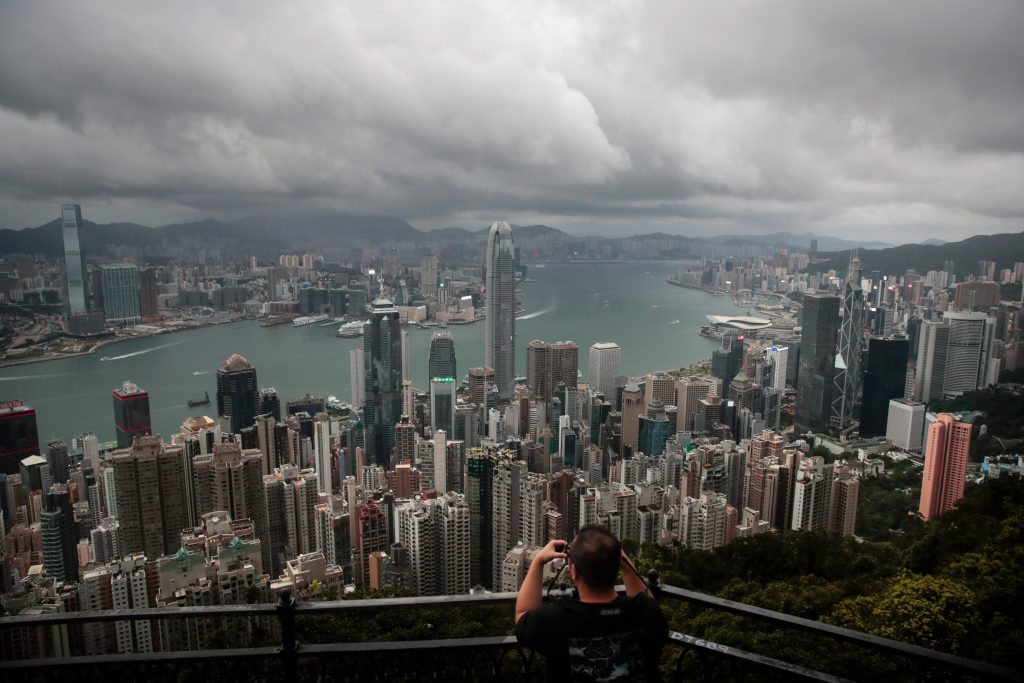
Before I moved, Hong Kong's world-famous skyline gave me the impression that the city would be all skyscrapers.
There are certainly plenty of colossal buildings, but there are also beaches, waterfalls, hiking trails, and islands to explore.
Raw nature and sky-high buildings don't typically go hand-in-hand, but Hong Kong has the best of both worlds. It's one of the most geographically diverse cities I've ever been to.
The public transportation system was impressively efficient
The city's robust public transportation system could get me to most places without a car, so I didn't need one. Plus, parking is expensive in Hong Kong,
Land transportation includes the Mass Transit Railway (MTR), buses, and trams that can take you across the island for less than $1.
Though the MTR is extremely clean and manageable for English speakers, I think the buses are more difficult to navigate if you aren't familiar with the route.
Brick-and-mortar shopping was very popular
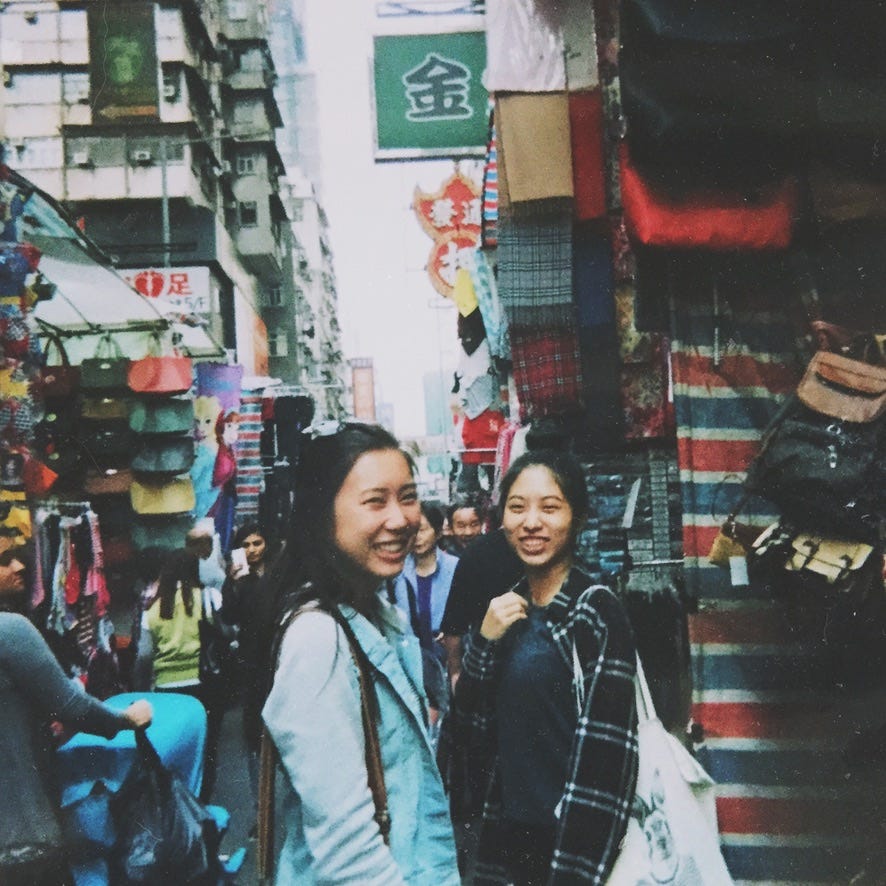
Hong Kong holds the world record for the highest commercial density. No matter where you live in the city, you can easily find a corner-street convenience store stocked with groceries, household goods, and personal-care products.
Shopping for clothes is easy too. Since there's one mall per square mile, you're usually just a couple of subway stops away from the nearest one.
Online shopping has taken off in Mainland China due to the rise of e-commerce giants like Taobao, Alibaba, and JD.com But I found that Hong Kong has not experienced the same cashless revolution, and brick-and-mortar shopping seems much more popular.
Many items, like Chinese New Year decorations and jade trinkets, can only be found at specific mom-and-pop shops.
Going for goods in-person lends itself well to the city's vibrant night-market scene, especially in places like Mongkok, a shopping district where you can find anything from clothes and electronics to snacks and souvenirs.
After years of living in Hong Kong, I got used to doing most of my shopping in person. Now, I prefer it to buying things online.
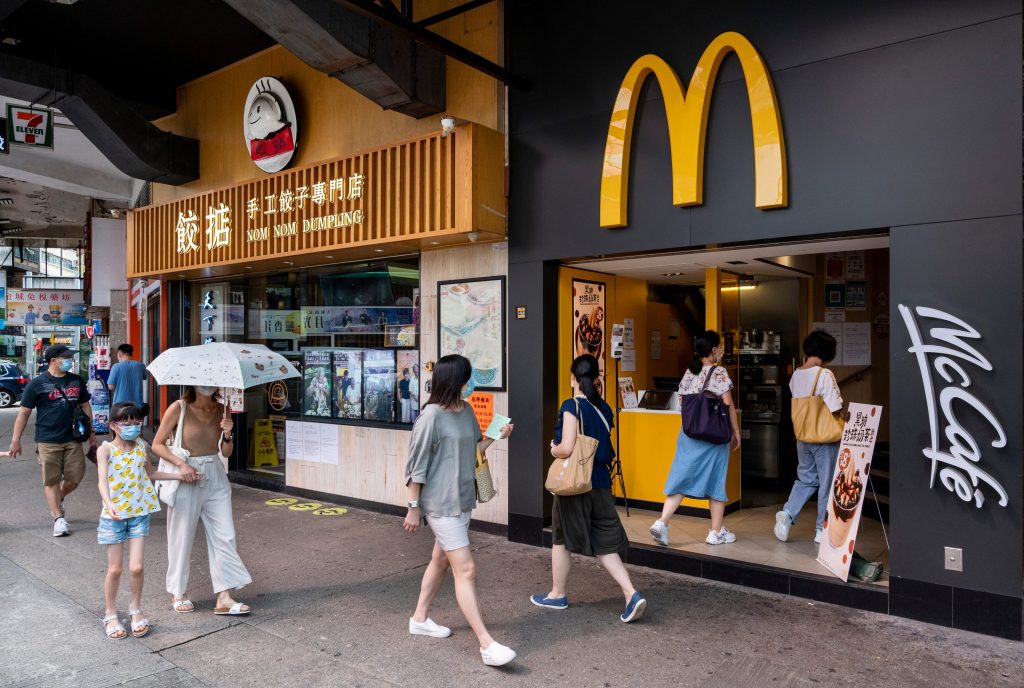
Hong Kong is very international, but it was difficult to find authentic Mexican food
I grew up in the San Francisco Bay Area, which has a ton of restaurants that serve high-quality Cali-Mex, California's spin on traditional Mexican cuisine. Burritos, quesadillas, and enchiladas were all staples of my diet before I moved.
That changed as soon as I went overseas.
The flavorful dishes I regularly devoured in the US were more difficult to come by in Hong Kong than I expected.
Though the city is extremely international and has a flourishing expatriate community, its Mexican population is relatively small in comparison to other groups, which could be one of the reasons I had such a hard time finding the Mexican food I craved.
Don't get me wrong, I love japonica rice and jasmine rice, but I don't want them in my burrito.
After five years of searching for a spot with Mexican dishes reminiscent of the ones in California, the closest I got was Tequila On Davis, an expatriate bar and restaurant. And much to my relief, they used long-grain rice.
Most convenience stores didn't carry American groceries
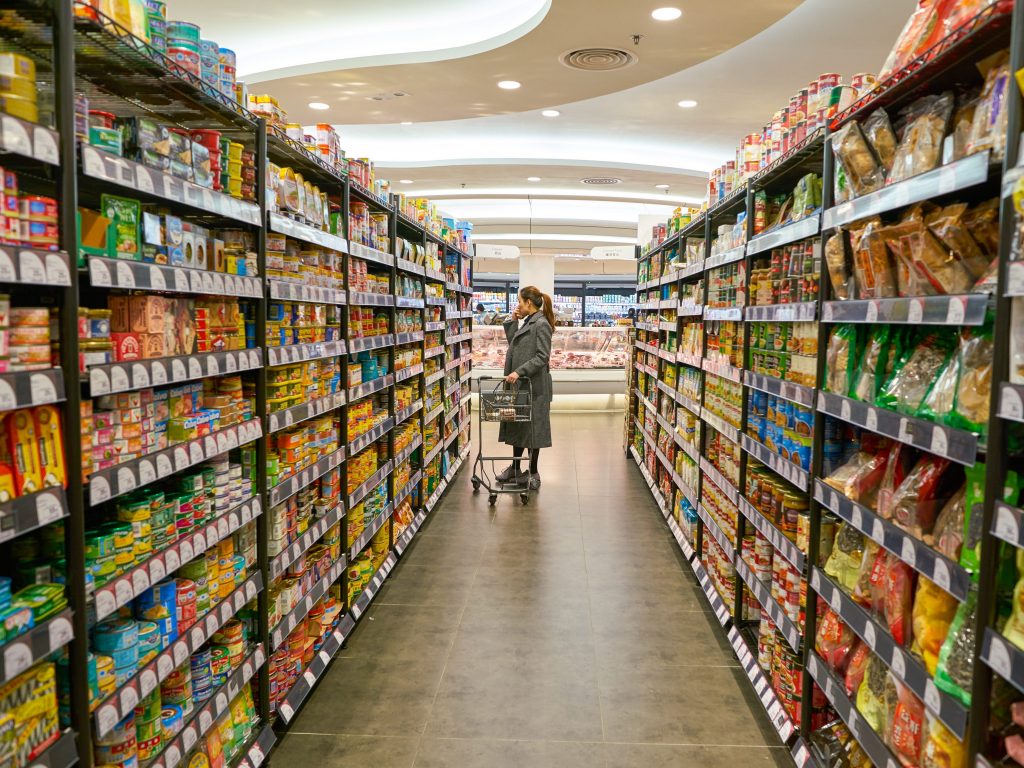
ParknShop, a supermarket chain in Hong Kong, and Circle K, a convenience store, didn't sell popular American foods like cheese, yogurt, granola, and cereals.
If I wanted to find them, I had to go to City Super, the international grocery store. And when I could get my hands on the items, they were much more expensive than my other groceries.
On American holidays, like Thanksgiving, I could easily break the bank shopping for the ingredients I needed to make my recipes.
A pint of yogurt cost me between $5 and $10. That might not seem very pricey in certain grocery stores in the US, but it felt relatively expensive in Hong Kong, where I could get a local meal for significantly less money.
The grocery stores I visited in Hong Kong also didn't carry some of the produce that I regularly bought in the US, like fresh berries and Brussels sprouts.
I got used to swapping them out for other fruits and vegetables. And over time, I started eating more dragon fruit, locally grown taro root, bitter melon, and daikon.
I was surprised by how much I enjoyed Hong Kong's soy-sauce Western cuisine
Soy-sauce Western really knocked my socks off.
Similar to the way Chinese immigrants created Chinese-American cuisine after moving to the US, European immigrants made soy-sauce Western cuisine by fusing traditional dishes with Hong Kong's local flavors.
I wasn't familiar with these foods ahead of my move, but I was blown away by their impeccable sweet-and-savory blend.
Popular plates include wok-fried spaghetti with meat sauce, Swiss-sauce chicken wings, and Hong Kong-style borscht, a Ukrainian soup that's sweeter than the traditional version.
My favorite soy-sauce Western dish is the Hong Kong-style macaroni soup, which typically consists of pasta, meat, and vegetables in chicken broth. I loved eating it for breakfast with a side of Spam and eggs.
Both locals and expats file into cha chaan teng, Hong Kong-style cafés that serve this cuisine. When I was living in the city, some of my favorite spots for soy-sauce Western were Australia Dairy Company and Café de Coral.
Rugby and horse racing are the most popular spectator sports
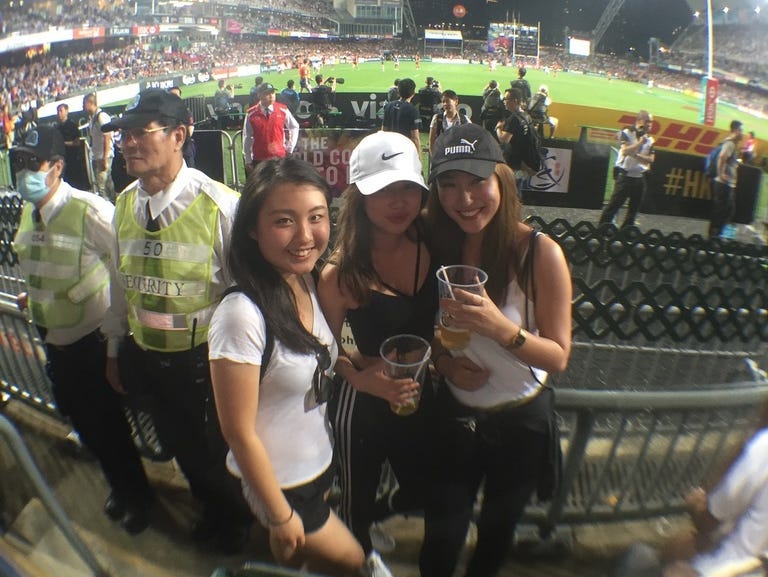
I was used to the Americans' adoration for sports like football and basketball, but I quickly learned that Hong Kong's expats were far more dialed into rugby and horse racing. Before my move, I knew nothing about these two sports.
In the same way that sports bring Americans together year after year, rugby and horse racing have united Hong Kong's international community.
Every week, people bet on horse races in the Shatin and Happy Valley neighborhoods.
Hong Kong Stadium in the Causeway Bay neighborhood also hosts the annual Hong Kong Sevens, a world-famous rugby tournament.
If you can get your hands on tickets, watching the matches in person feels like a huge party. Dressing up is a tradition, so many spectators don their best group costumes.
Many of the people I met weren't from Hong Kong either

When I met people in Central, Hong Kong's financial district, many of them had come to the city from elsewhere.
Hong Kong has one of the world's biggest expat populations, making it a popular option for people who are looking to work abroad for the first time.
The city is a cultural melting pot, with a sizable number of expats from Indonesia, the Philippines, China, France, South Korea, India, the UK, Canada, Japan, Pakistan, and many other countries.
In the US, I was used to asking people which state they were from. But in Hong Kong, I routinely made friends from all over the world, which allowed me to broaden my horizons and learn about different cultures.
Sometimes I would meet people from places that I knew almost nothing about, so the experience challenged me to become a better listener and ask more thoughtful questions.
